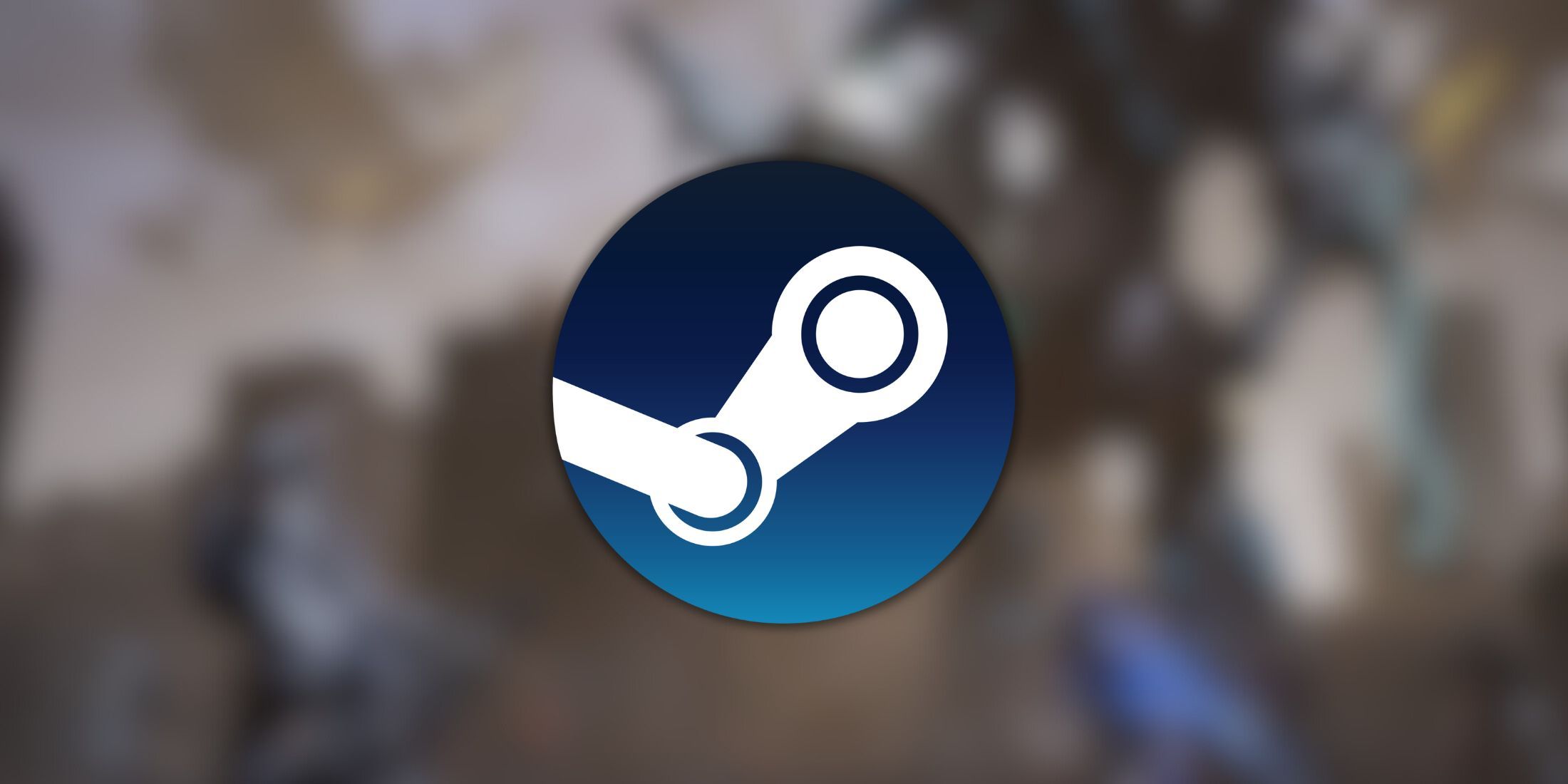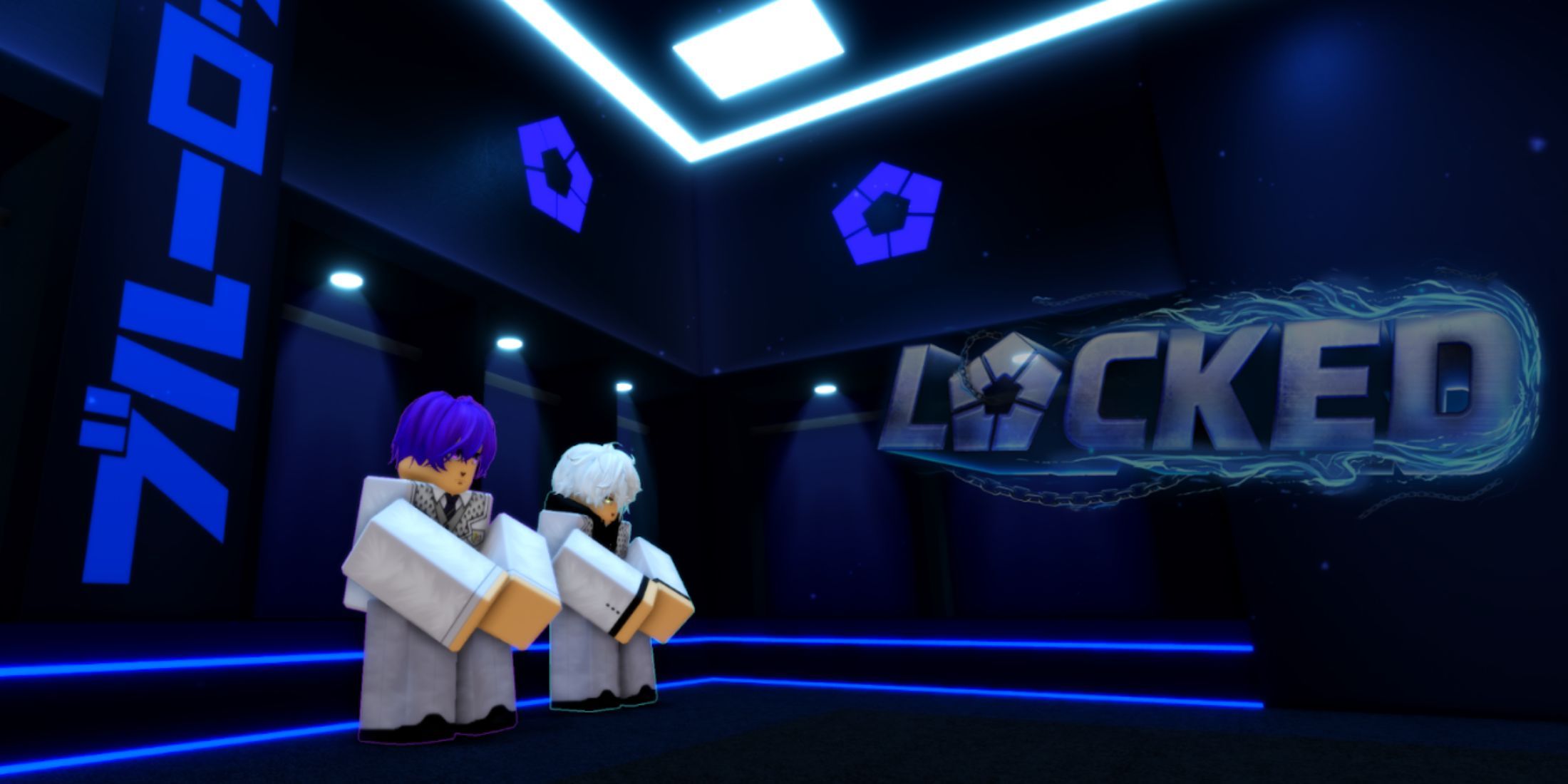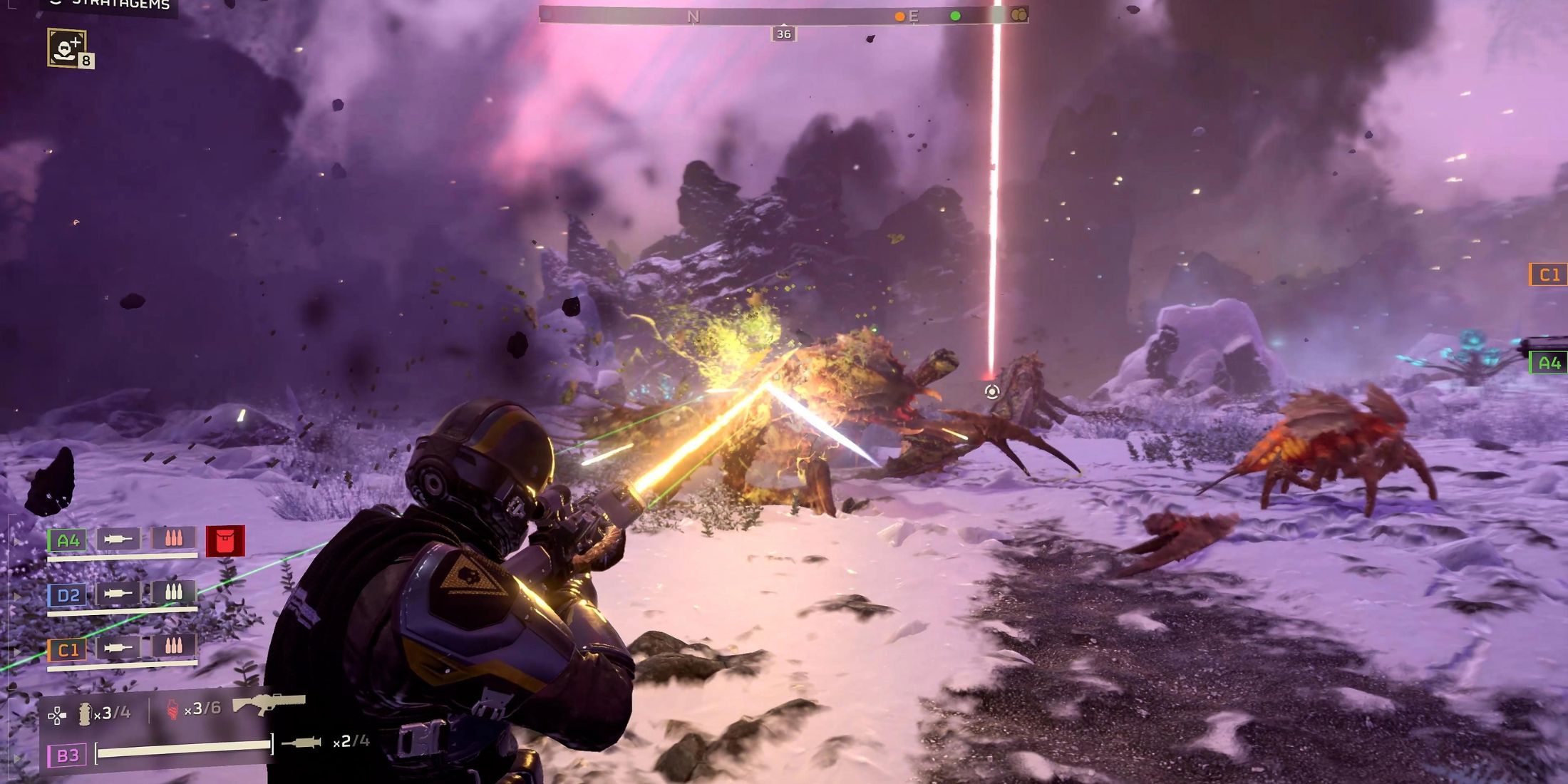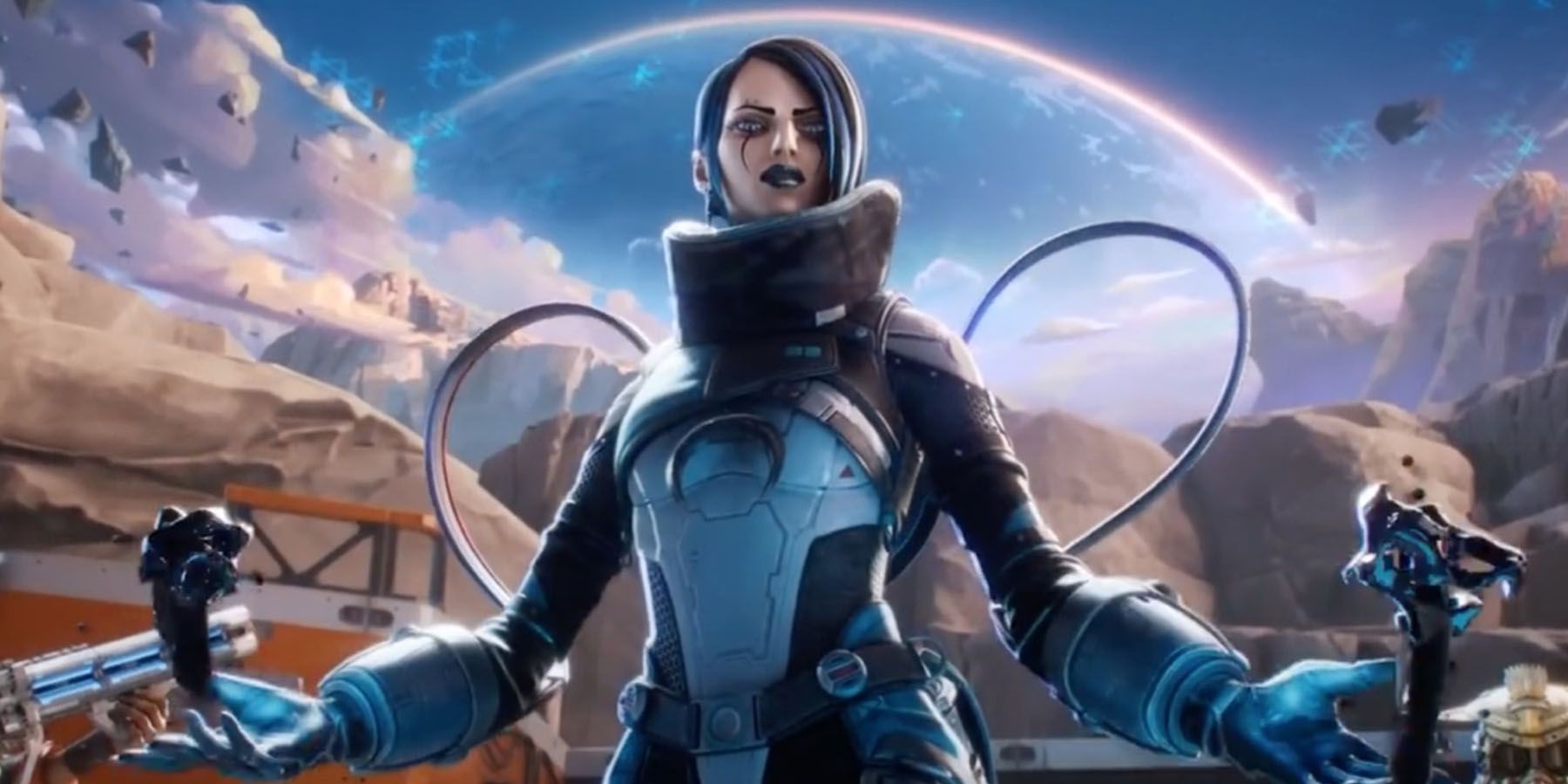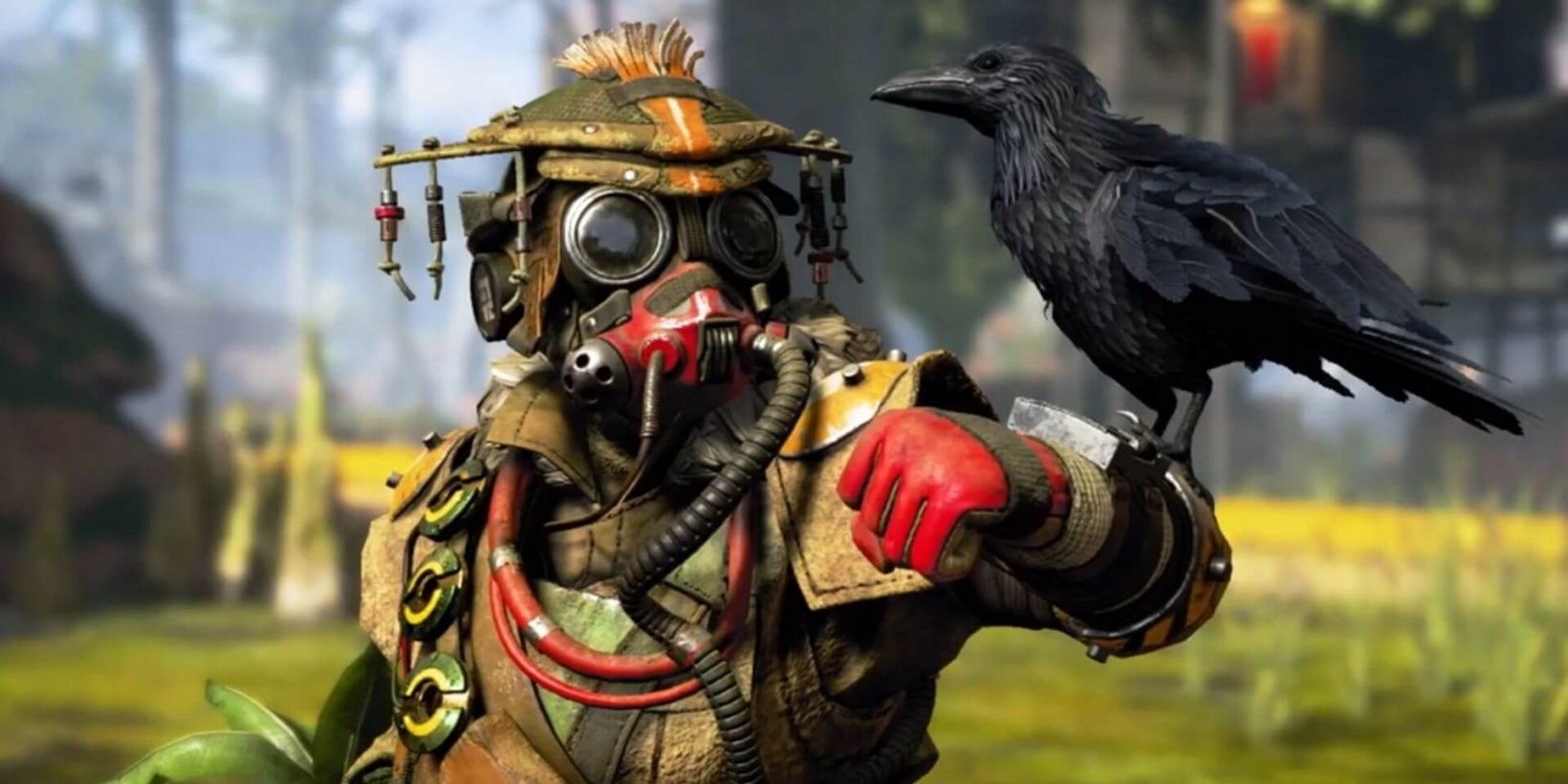Apex Legends is an incredibly popular battle royale game, but it's more than that. It may not feature a traditional story, but the heart of Apex Legends' storytelling has always been its characters. Those characters reflect the world around them and often come from diverse backgrounds, feature different creeds, and share various beliefs. The characters themselves are what define the BR game, in more ways than one.
In a recent Game ZXC interview with Ashley Reed, narrative lead for the game, she explored the various elements that make Apex Legends so affirming and LGBTQIA-friendly. During the interview, Reed discusses some of the intricate details of the LGBTQIA+ storylines and characters, and how the development team worked hard to create a welcoming and safe space for those in the community. The following transcript has been edited for clarity and brevity.
Q: In what ways does Apex Legends incorporate LGBTQIA+ narratives and storylines into the gameplay?
Primarily, we integrate those storylines into our game by giving characters a space to talk about them. We’re not a traditional single-player game, so you won’t see those events play out mid-match, but you will hear characters say what’s going on in their lives–Loba and Valkyrie talking about their relationship, Gibraltar lamenting love lost (and found!), Catalyst calling herself a ‘grim trans witch,’ and other things like that. Those are related to both their ongoing storylines and how they move through the world in general.
Q: Apex Legends has been praised for its diverse and inclusive roster of characters. Could you share the thought process behind including characters from the LGBTQIA+ community in the game?
Apex Legends takes place in the future of our own world, which means a couple of things for us: we want it to reflect the world we see, and also our hopes for the future. It’s an imperfect place, but we’d like to hope that many of the struggles we experience today on Earth are not ongoing 700 years in the future. With those things in mind, we wanted to include characters with all different kinds of lives and identities, to show the breadth of human experience as we see it today and our hopes for how people of all different stripes will be seen in the future.
Q: How do you ensure that LGBTQIA+ characters have fleshed-out personalities, nuanced storylines, and relatable experiences?
When we design a character, their personality comes first. There is no singular queer experience–though there are some commonalities, queerness is a part of a person’s identity rather than the whole. When we design a character, we take their personality and make that our North Star. We always look to their personality as we decide how different parts of their identity are expressed. That may mean a character represents one subgroup better than another, and it can hurt to think you’re not representing everyone entirely–but no single person can do that, anyway. That mindset helps us design characters that feel like nuanced and interesting individuals, rather than hodgepodges of unrelated ideas.
Q: Could you tell us about the challenges faced when developing non-binary characters like Bloodhound, and how the team ensured an authentic representation?
I was not at Respawn when Bloodhound was first designed, but in my experience, we make a point to engage with developers who come from specific groups (nonbinary developers and loved ones, in the case of Bloodhound) in the early stages, and then follow up with consultation as development solidifies (for example, Māui Studios for Mad Maggie and GLAAD for Catalyst). It can be a challenge to avoid pitfalls that you may not be aware of when you’re creating a character–in Bloodhound’s case, it stuck out to me how much English depends on pronouns in everyday use and how writing Bloodhound made me think about pronouns differently. That’s why this process is important to help us avoid pitfalls we otherwise might have missed.
Q: How does the company’s stance on LGBTQIA+ issues translate into the game and its community?
At Respawn, we try to foster a come-as-you-are workplace, which extends to our LGBTQ+ employees. The same can be said about the characters we create and the community we try our best to foster. Players should see the world of Apex, both in and out of game, as a space where they not only see themselves reflected, but also as a space where they feel they have a seat at the table.
Q: After Catalyst, could you tell us if there are any plans for future trans characters in Apex Legends?
I can’t comment on future plans at this time, but we’re always excited to see our fans invested in what’s to come for Apex.
Q: What message do you hope LGBTQIA+ players take away from playing Apex Legends and interacting with its characters?
You are welcome! We hope you enjoy Apex, and we hope you feel welcome and recognized in this picture of the future.
Q: Is there anything else you would like to add?
Thank you for the questions! And thank you to everyone who has played and loved Catalyst, and all our other LGBTQIA+ characters. Happy Pride Month!
Apex Legends is available now for PC, PS4, PS5, Switch, Xbox One, and Xbox Series X/S.

